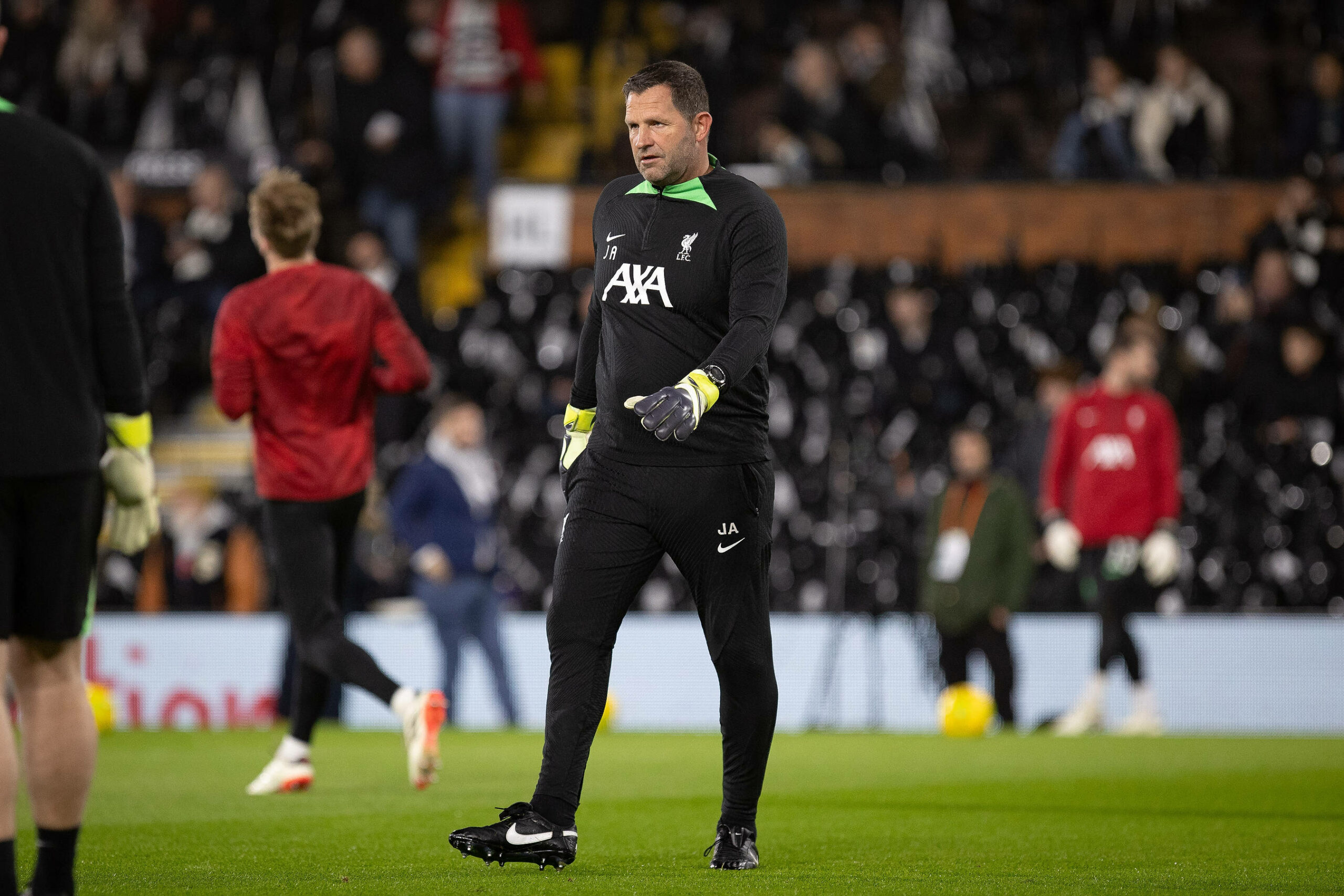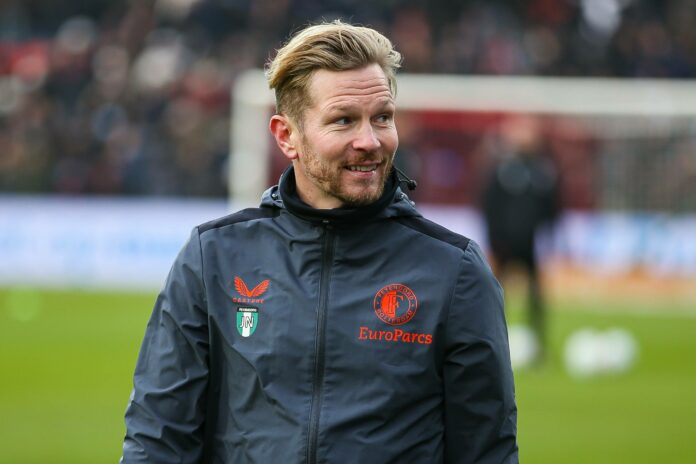Liverpool’s Coaching Carousel: The Search for Stability at Anfield
Seeking New Expertise
Liverpool’s football landscape is undergoing a significant transformation, as the club bids farewell to Jurgen Klopp and his influential backroom staff. The arrival of Arne Slot and potentially some members of his Feyenoord team at Anfield has ignited discussions about the future shape of Liverpool’s coaching crew. Amidst this backdrop, one of the poignant narratives to have emerged involves Jyri Nieminen, the Finnish goalkeeper coach, whose almost-move to Liverpool has stirred considerable interest.
According to an article by James Brooke for Apu, Nieminen was close to joining Liverpool, a claim substantiated by the coach himself: “The Liverpool thing was on, and of course I thought about it,” Nieminen revealed. However, the narrative took a twist as Feyenoord decided not to let their coaching talents easily exit, effectively blocking what could have been a pivotal transfer for Liverpool’s goalkeeping strategies.
Goalkeeping Gap at Anfield
Liverpool’s goalkeeping department is in a state of flux. With John Achterberg’s departure to join Steven Gerrard in Saudi Arabia after fifteen years of service, the club finds itself in need of new leadership to guide star goalkeeper Alisson Becker and his squad. The spotlight was on Nieminen to fill this void, bringing his expertise from Feyenoord where he has been pivotal in developing robust goalkeeping frameworks.

Nieminen’s Near Miss
Nieminen’s candid reflection on the potential move—”In all likelihood, I will continue next season at Feyenoord. The situation changes if it changes”—echoes a sentiment of transient possibilities in football coaching careers. His acknowledgment sheds light on the delicate dynamics of coaching transfers and the often unseen negotiations that shape the careers of backroom staff.
Challenges Ahead for Liverpool
While Liverpool’s hunt for a new goalkeeping coach continues, the broader implications of this saga reflect on the club’s strategic planning and recruitment. With Slot at the helm and without his familiar backroom allies, adapting to the Premier League’s rigours could present unforeseen challenges. However, Liverpool’s rich history and current squad’s talent are likely to attract top coaching talents who can contribute to the club’s legacy.
As the club navigates through these transitions, the narrative of Nieminen’s near association with Liverpool offers a glimpse into the complex, often frustrating world of football transfers. It underscores the necessity for adaptability and strategic foresight in sports management, qualities Liverpool will need in abundance as they rebuild and redefine their coaching landscape.
The ongoing saga at Liverpool not only captivates fans but also serves as a case study on the dynamics of leadership transitions in top-tier football. As Liverpool continues to sculpt its future, the lessons learned from the Nieminen episode will doubtless influence their approach to recruitment and team management in the seasons to come.




